Visiting History (Page One)
The Lyon Air Museum is located in a hangar on the west side of the John Wayne Airport in Santa Ana, California. The museum features military aircraft, rare automobiles, military vehicles and motorcycles, and related memorabilia, with an emphasis on World War II.
The aircraft that are on display are all in airworthy condition and include a Boeing B-17 Flying Fortress, Cessna O-1E Bird Dog, Douglas DC-3, Douglas C-47 Skytrain, North American B-25 Mitchell and a Douglas A-26 Invader.

An amazing man!
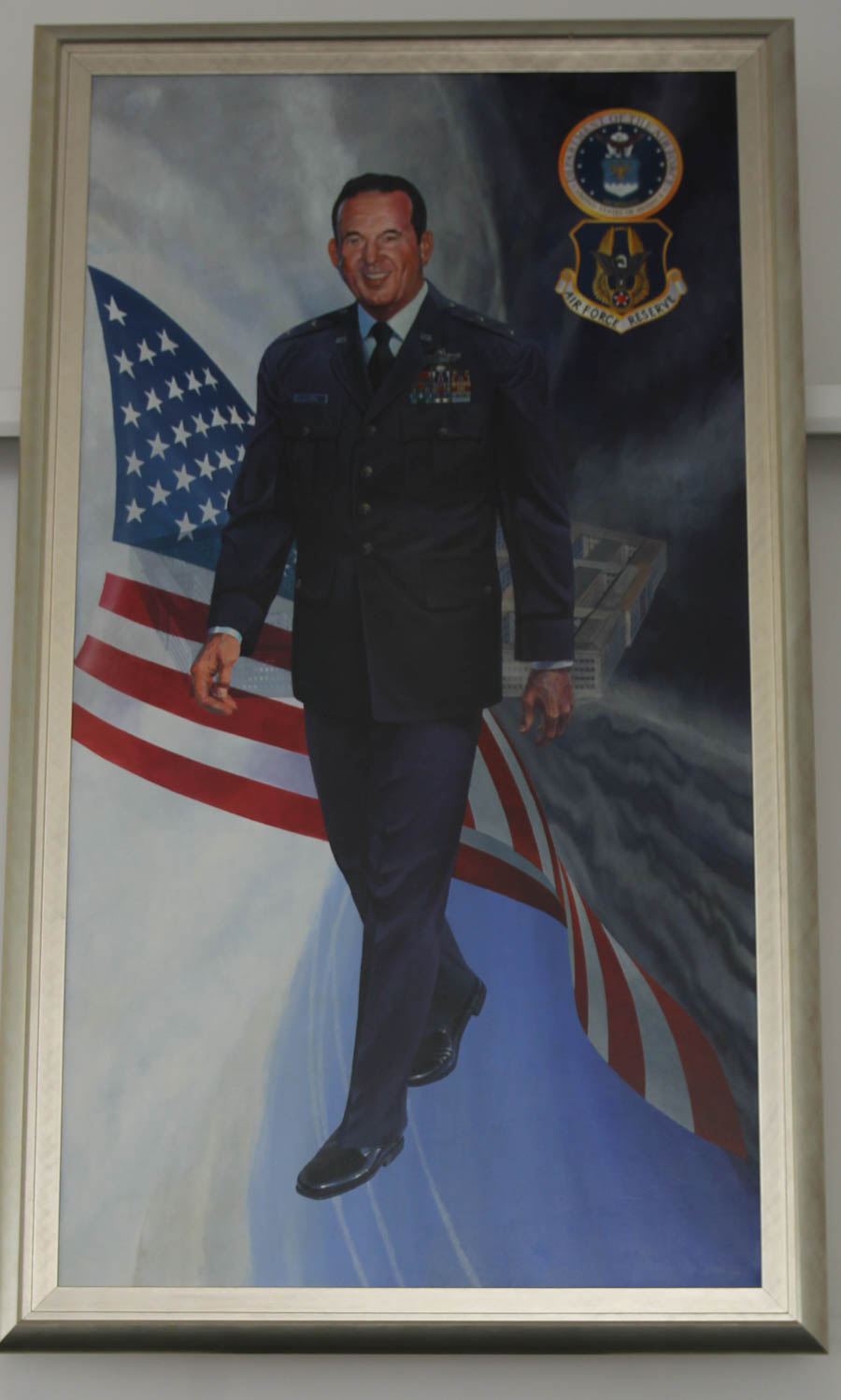
Thank you sir for the wonderful museum
Did You Know? - William Lyon (born March 8, 1923) was a major general in the United States Air Force who served as Commander of the United States Air Force Reserve Command, Headquarters U.S. Air Force, Washington D.C., and commander, Headquarters Air Force Reserve, a separate operating agency located at Robins Air Force Base, Georgia.
As chief of Air Force Reserve, Lyon served as the principal adviser on Reserve matters to the Air Force Chief of Staff. As commander of AFRES, he had full responsibility for the supervision of U.S. Air Force Reserve units around the world.
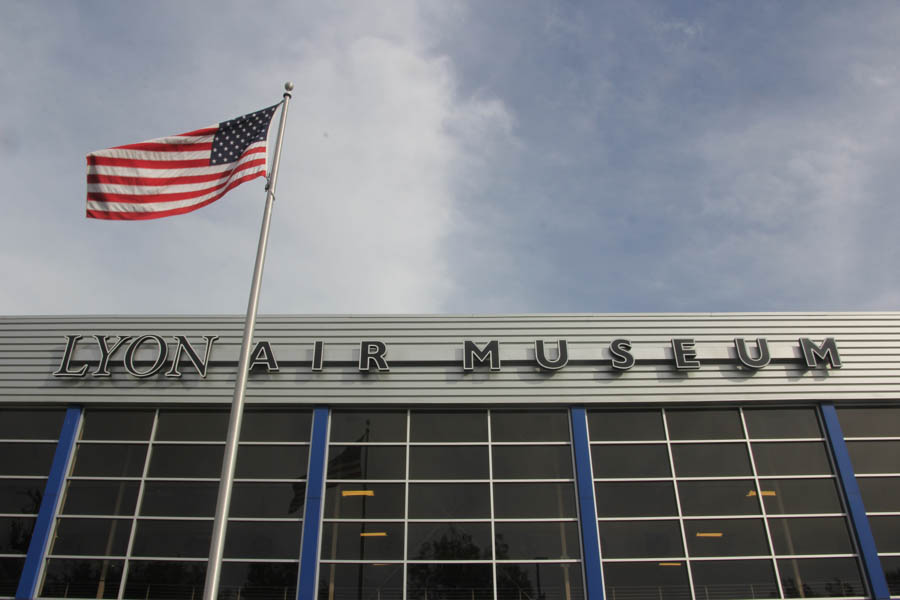
It is well hidden!
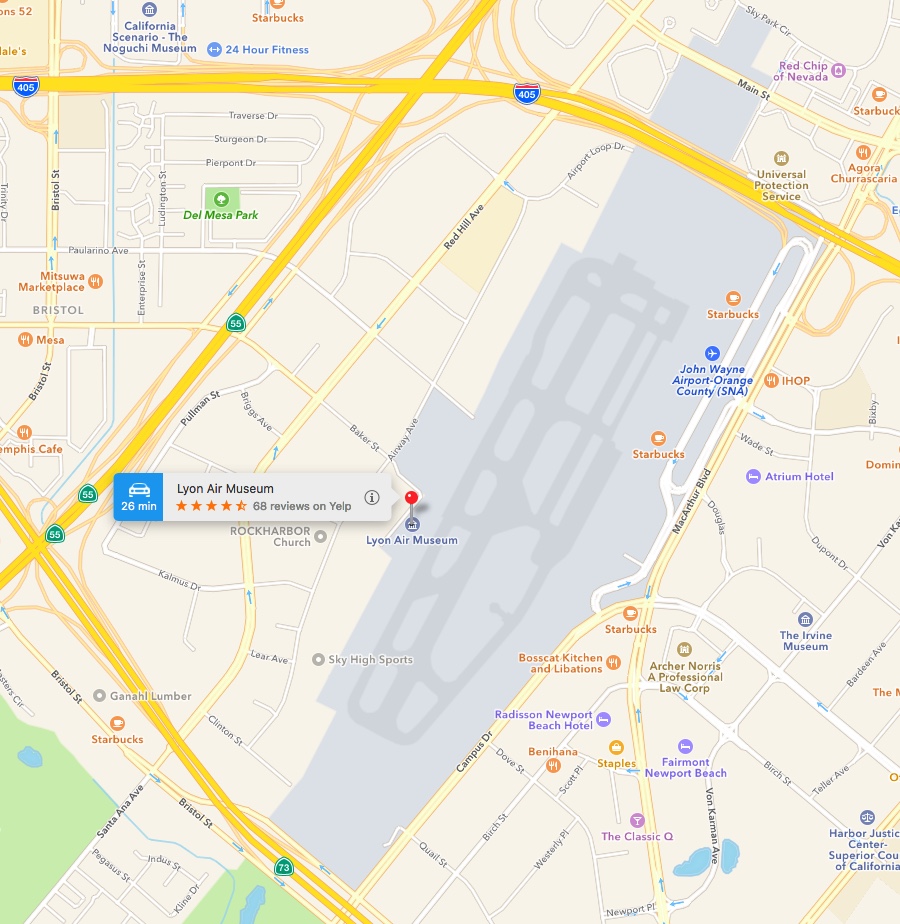
Great museum local to OC
19300 Ike Jones Road
Santa Ana, CA 92707
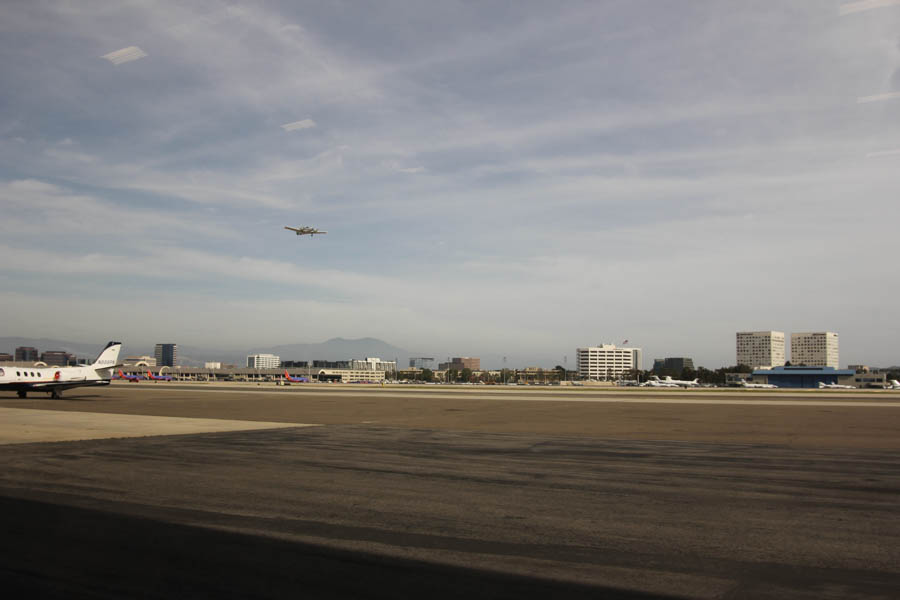
Located on the field in a large two story hangar!
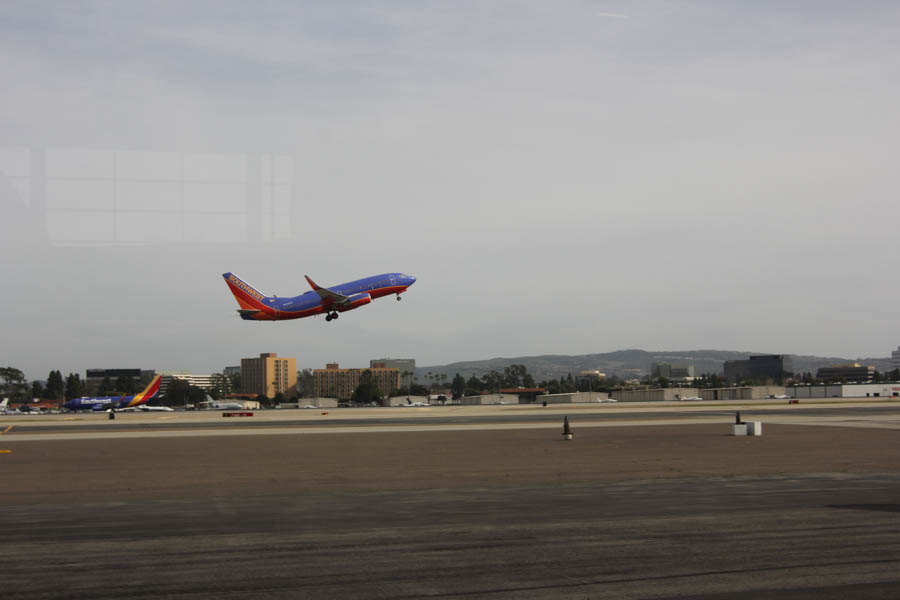
Every few minutes you could hear a jet coming or going!
Did You Know? - Richard Williams, a reporter for the Seattle Times, coined the name "Flying Fortress" when the Model 299 was rolled out bristling with multiple machine gun installations.
The most unusual gun emplacement was the nose installation (see note for description and drawing), which allowed the single machine gun to be fired toward almost any frontal angle that an approaching enemy fighter could take to attack the B-17.
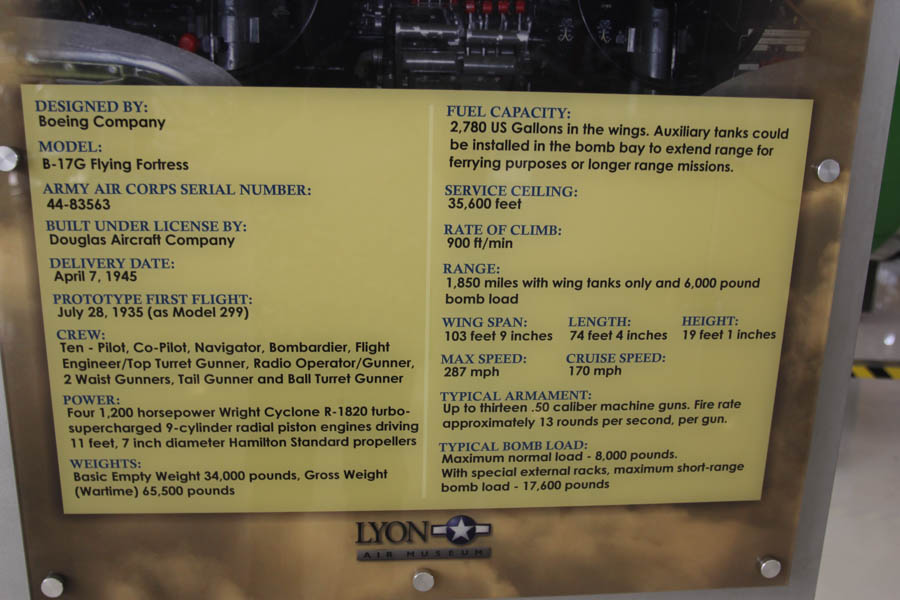
Check the specs!
Did You Know? - The B-17 was primarily employed by the United States Army Air Forces (USAAF) in the daylight precision strategic bombing campaign of World War II against German industrial and military targets.
The United States Eighth Air Force, based at many airfields in southern England, and the Fifteenth Air Force, based in Italy, complemented the RAF Bomber Command's nighttime area bombing in the Combined Bomber Offensive to help secure air superiority over the cities, factories and battlefields of Western Europe in preparation for the invasion of France in 1944.
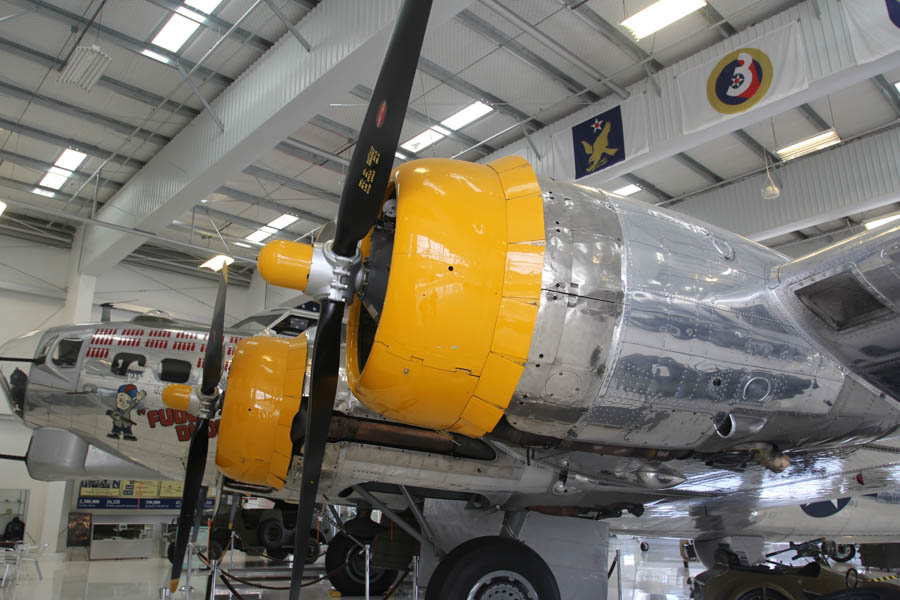
First thing one sees is an operational B-17! Amazing!

Flying over the UK on the way to Germany
Did You Know? - The Boeing B-17 Flying Fortress is a four-engine heavy bomber aircraft developed in the 1930s for the United States Army Air Corps (USAAC). Competing against Douglas and Martin for a contract to build 200 bombers, the Boeing entry outperformed both competitors and exceeded the air corps' expectations.
Although Boeing lost the contract because the prototype crashed, the air corps was so impressed with Boeing's design that it ordered 13 more B-17s for further evaluation. From its introduction in 1938, the B-17 Flying Fortress evolved through numerous design advances.

An amazing piece of machinery!
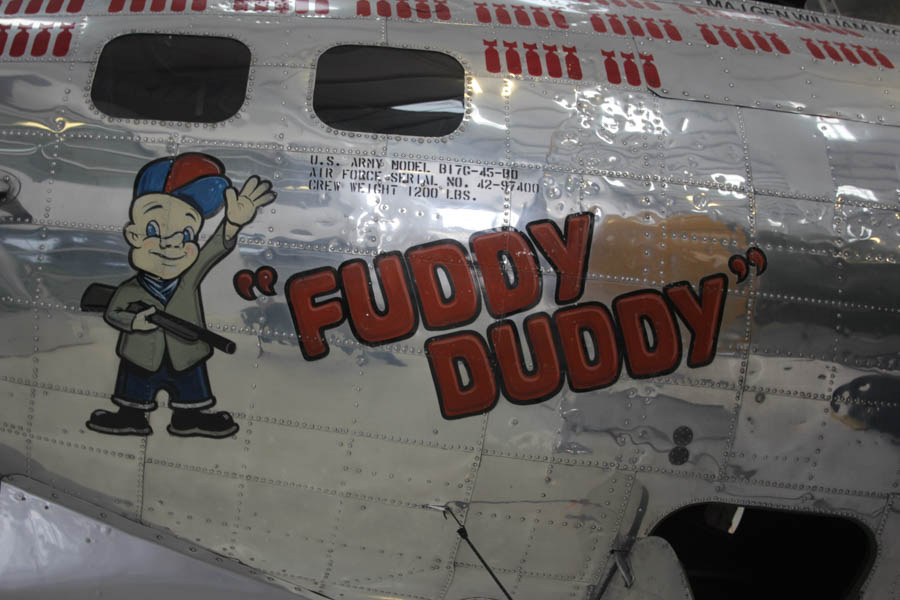
THis place never saw action... It was completed in late 1944 and was note used!
Did You Know? - The B-17 Flying Fortress, "Fuddy Duddy," was used as a VIP transport in the Pacific at the end of World War II. It once carried General Dwight D. Eisenhower who later became the 33rd President of the United States.
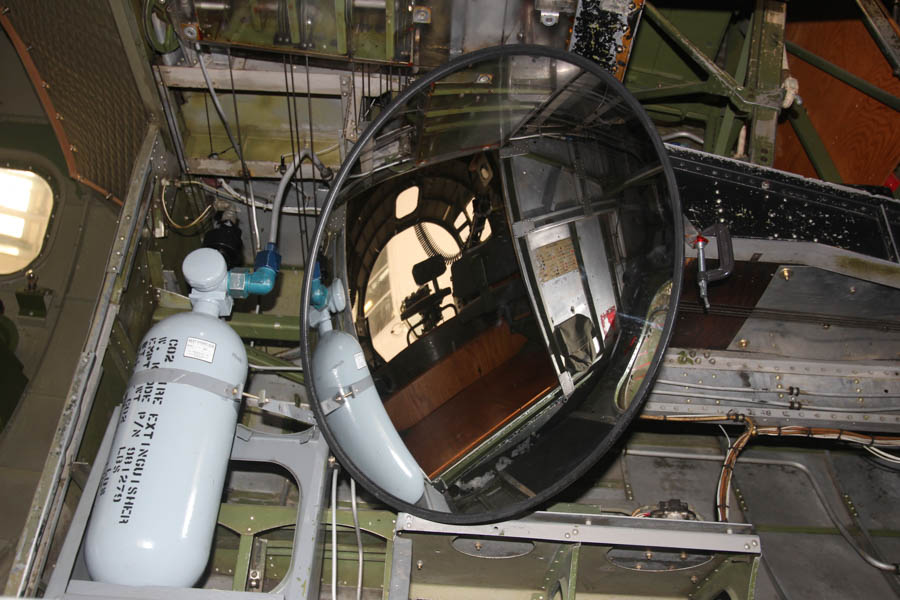
The mirror provide a glimps into the cock[it!
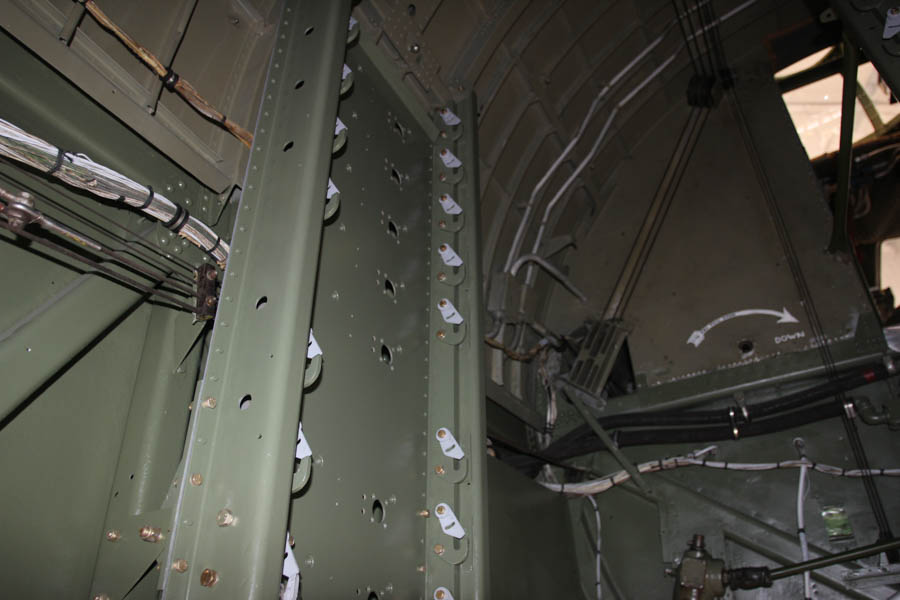
The business end... The bombay
Did You Know? - With a service ceiling greater than any of its Allied contemporaries, the B-17 established itself as an effective weapons system, dropping more bombs than any other U.S. aircraft in World War II. Of the 1.5 million tonnes of bombs dropped on Germany and its occupied territories by U.S. aircraft, 640,000 tons were dropped from B-17s.
The aircraft went on to serve in every World War II combat zone, and by the time production ended in May 1945, 12,731 aircraft had been built by Boeing, Douglas and Vega (a subsidiary of Lockheed).
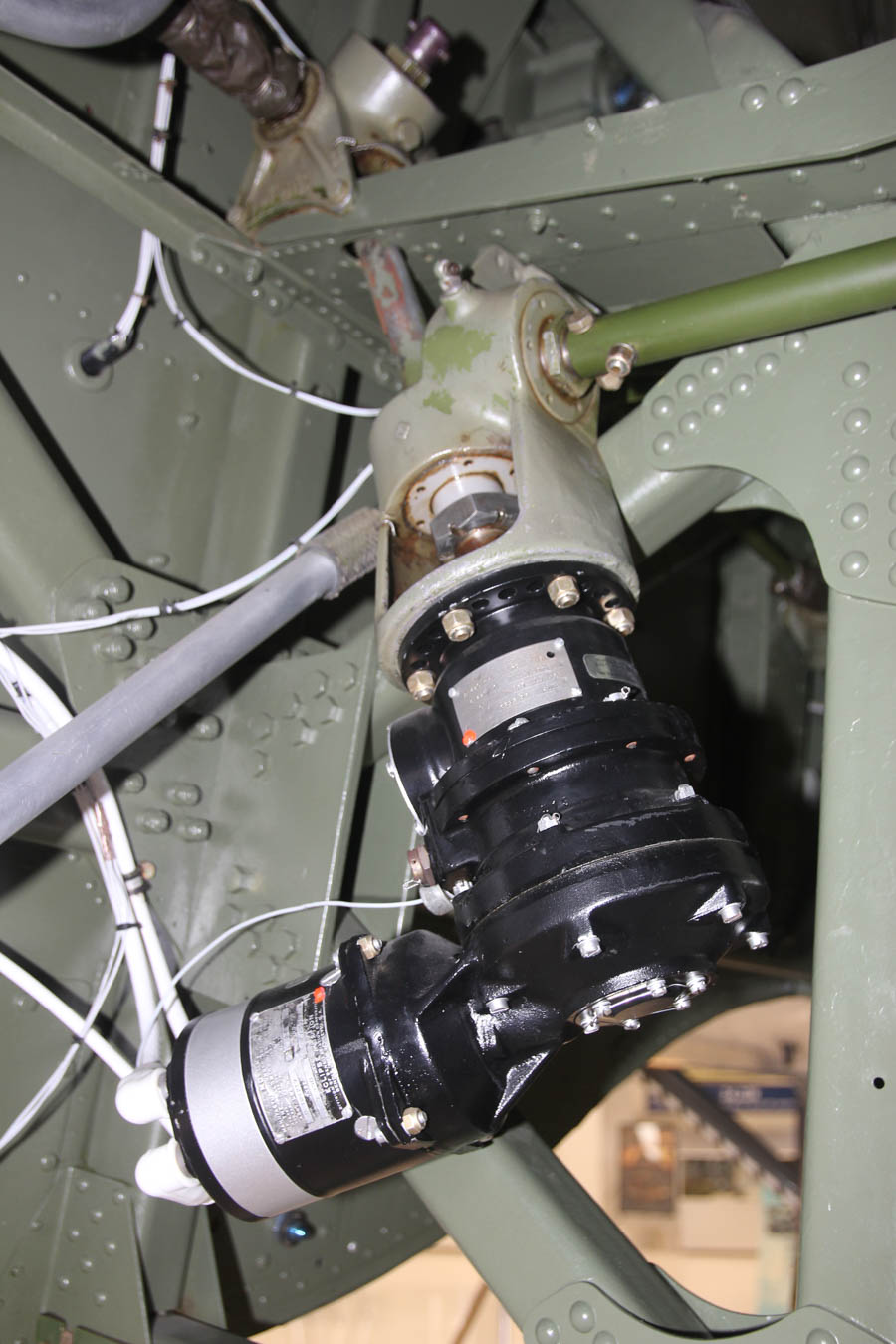
This hydraulic motor opened/closed the bombay doors
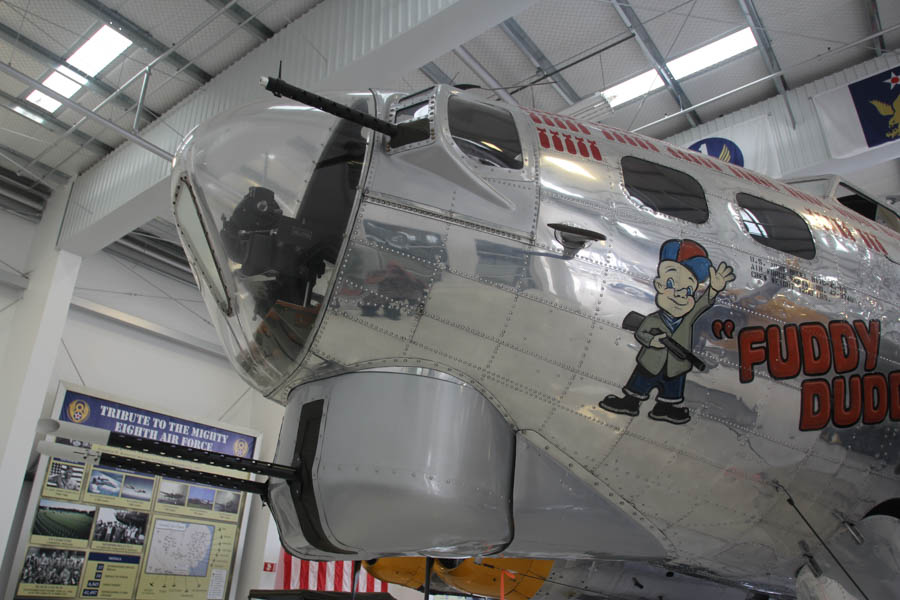
OMG... The front gunner was wide open!
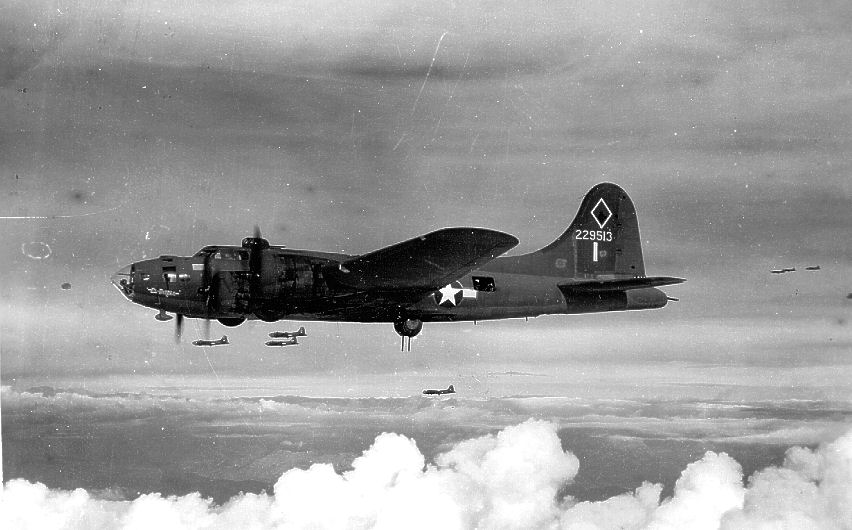
Sometimes there would be 350 B-17's flying in formation

Powerplant: 4 × Wright R-1820-97 "Cyclone" turbosupercharged radial engines,
1,200 hp (895 kW) each

Paul did it the hard way!
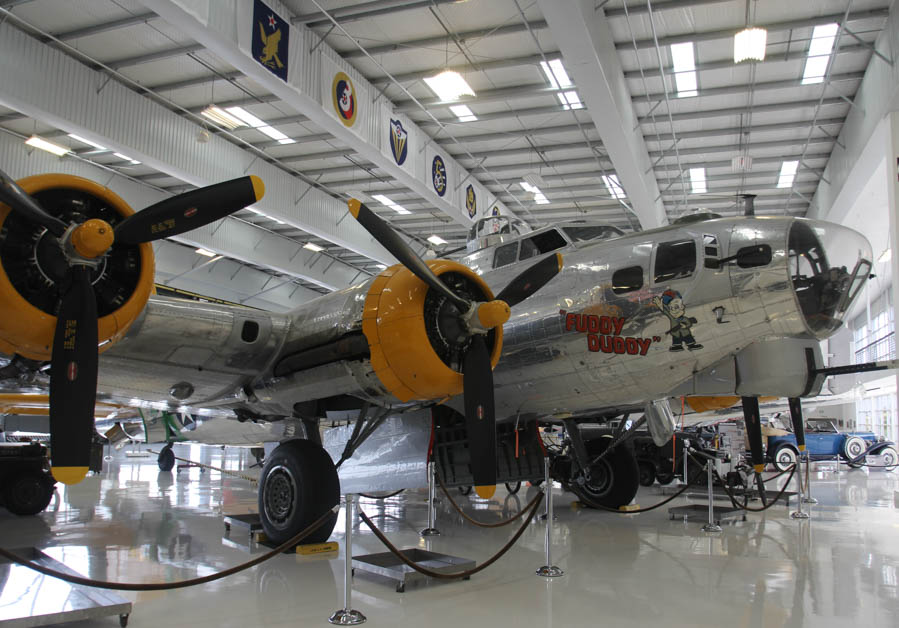
Pretty amazing looking aircraft!
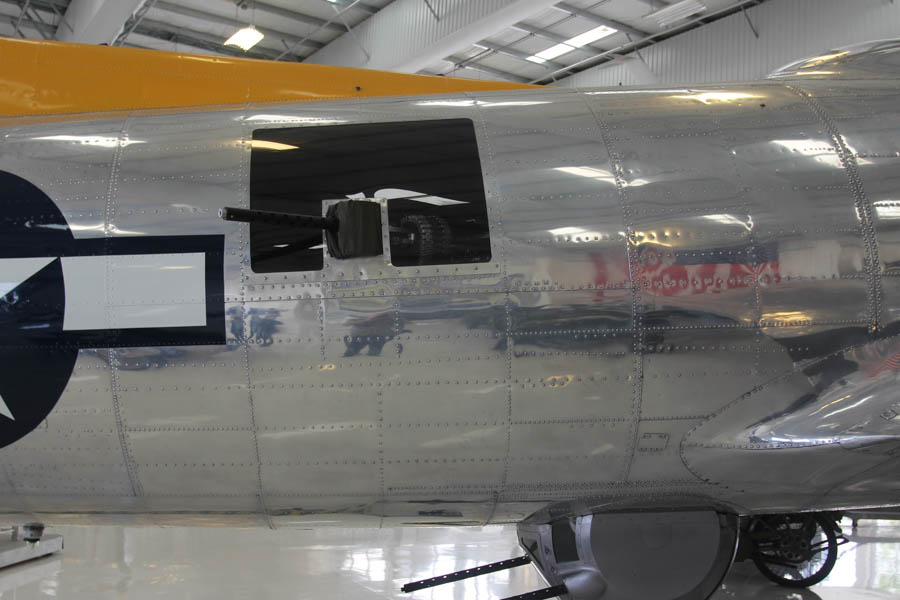
The waist guns were mounted on either side of the braft

Belly guns were 50 caliber
Did You Know? - 13 × .50 in (12.7 mm) M2 Browning machine guns in 8 positions (2 in the Bendix chin turret, 2 on nose cheeks, 2 staggered waist guns, 2 in upper Sperry turret, 2 in Sperry ball turret in belly, 2 in the tail and one firing upwards from radio compartment behind bomb bay)

It must have been an ear killer inside the plane when these went off!

The two 30 calibeer guns were offset from each other
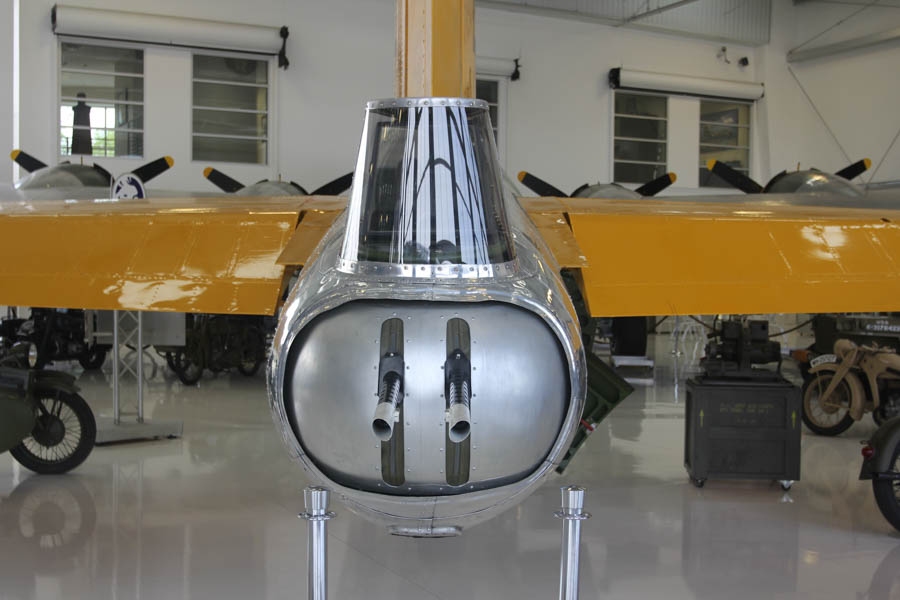
Can you imagine sitting here while being attacked by the German fighters?
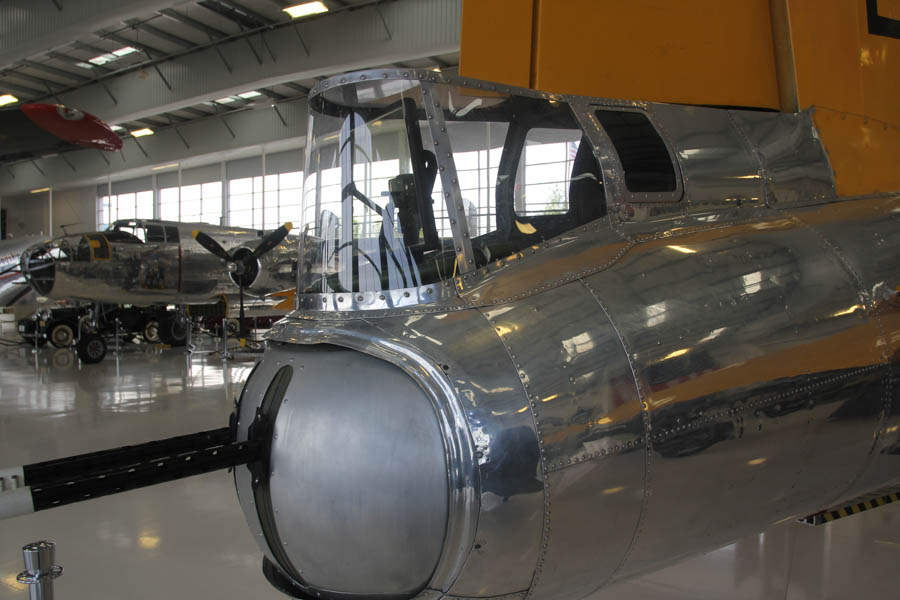
Simply amazing!

Short and stubby but built for punishment
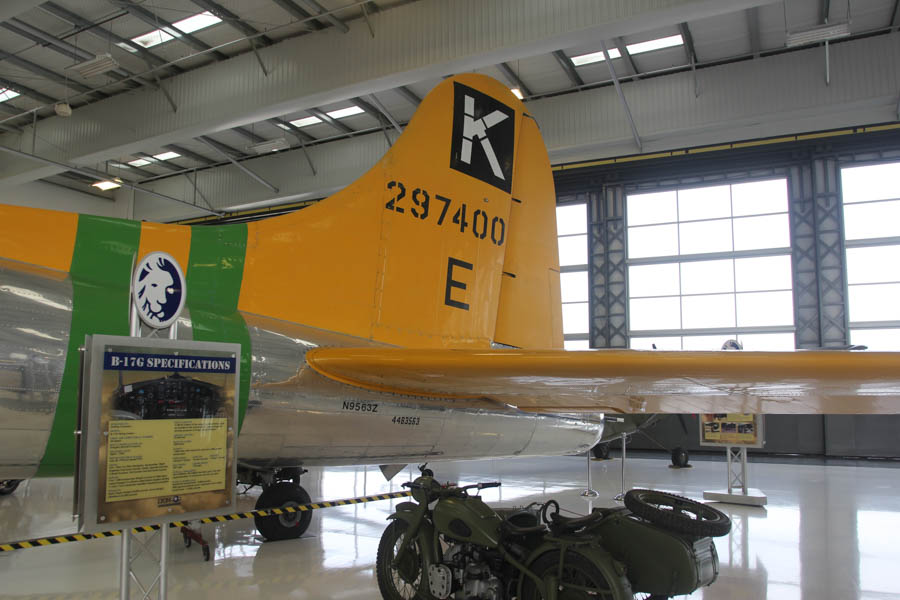
The horizontal stabalizer and hugh!
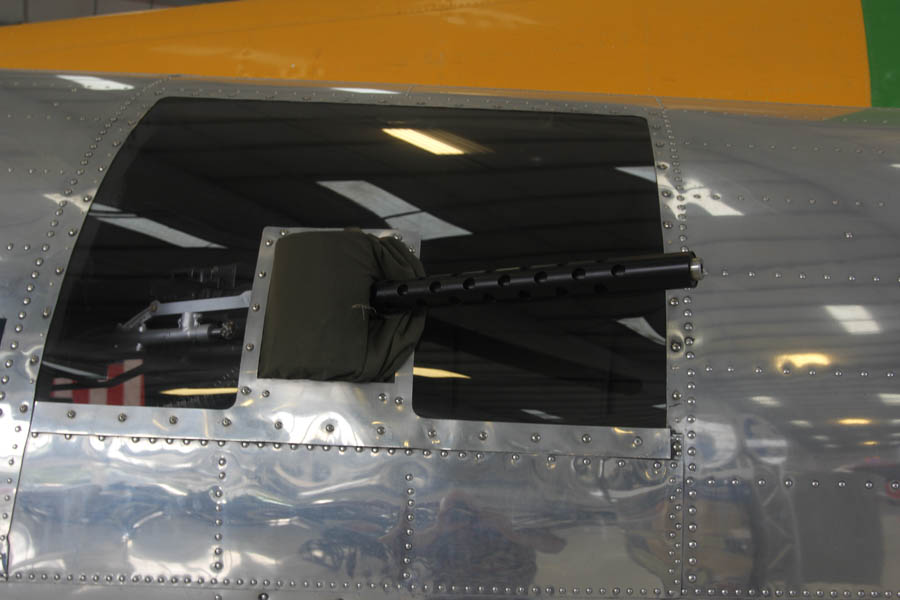
Armed to the teeth!
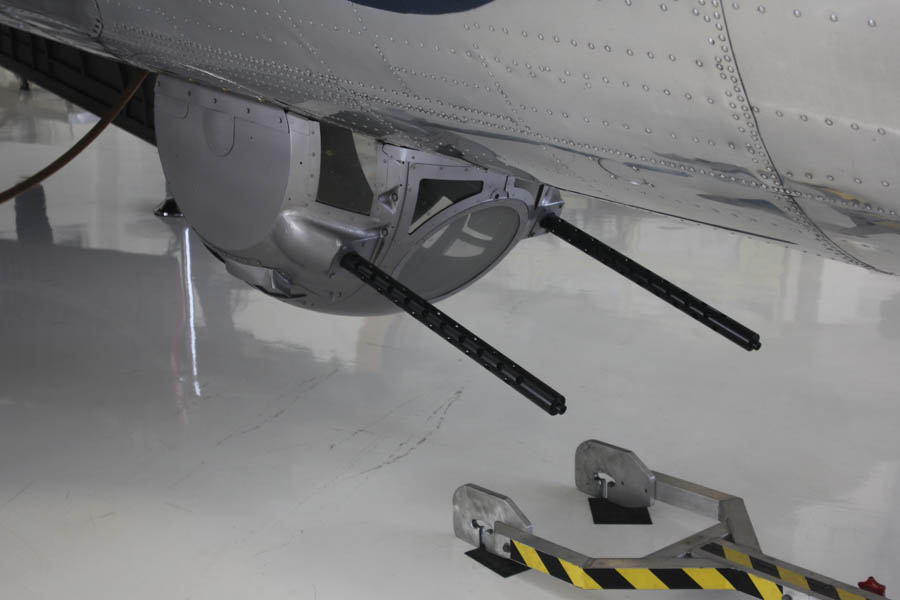
Do not try and attack from below!
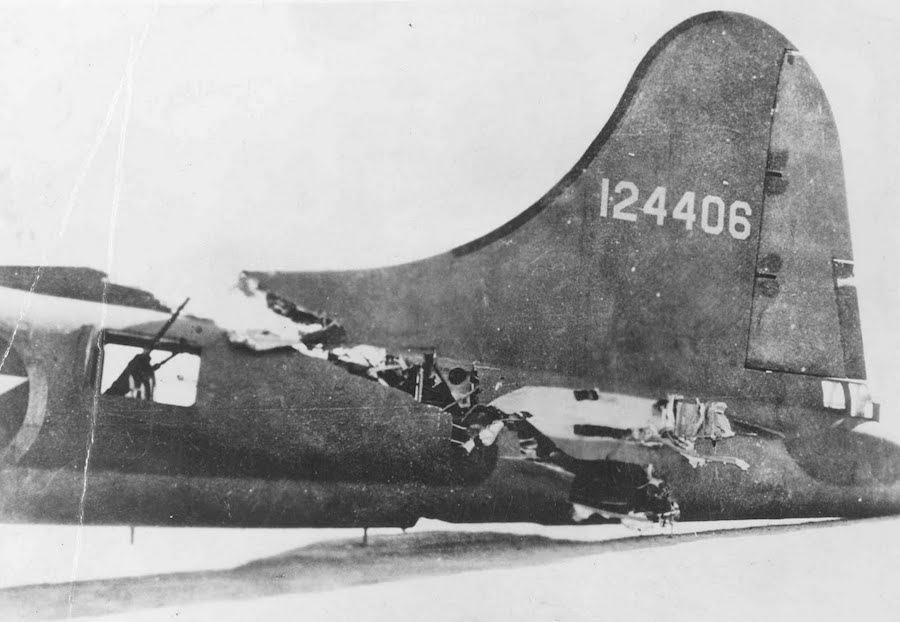
The Flying Fortress could take lots of damage and still get the crew home. The photo to the above shows the All-American, a B-17F almost severed in half by a collision over Tunisia. The pilot compensated for the lost and damaged controls and brought the plane home. Miraculously, even the tail gunner survived. Numerous stories like this brought fierce loyalty from B-17 crews

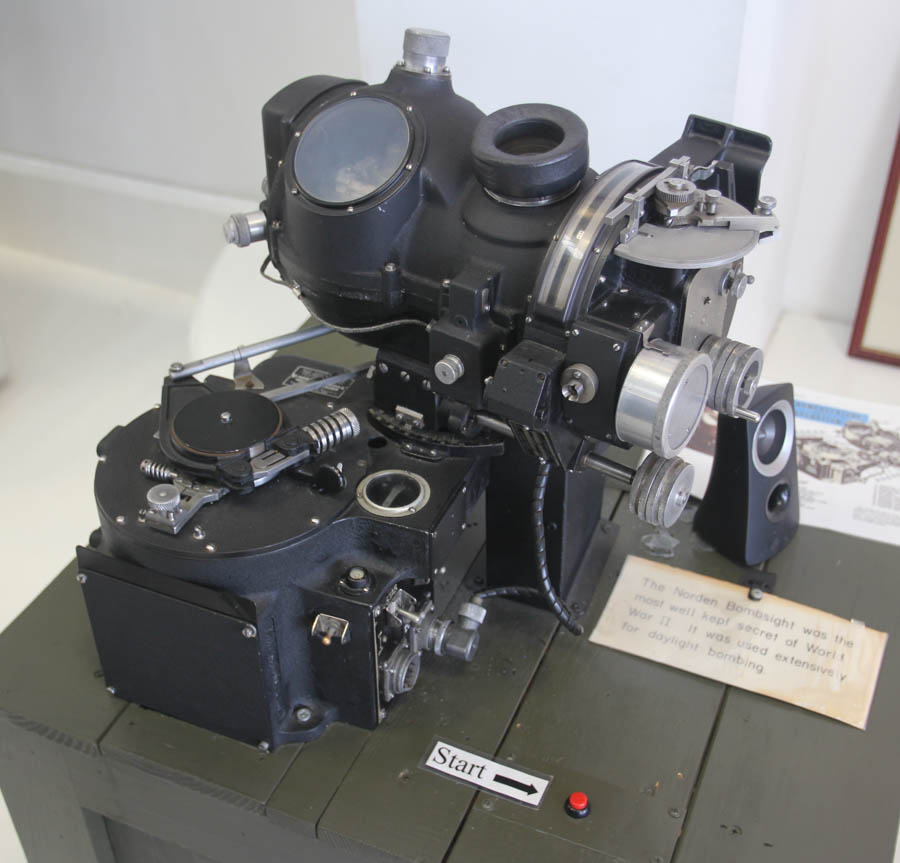
The Norden Bombsight - A well kept secret!
Did You Know? - The air corps (renamed United States Army Air Forces (USAAF) on 20 June 1941), using the B-17 and other bombers, bombed from high altitudes using the then-secret Norden bombsight, known as the "Blue Ox",which was an optical electro-mechanical gyro-stabilized analog computer.
The device was able to determine, from variables input by the bombardier, the point at which the aircraft's bombs should be released to hit the target. The bombardier essentially took over flight control of the aircraft during the bomb run, maintaining a level altitude during the final moments before release.
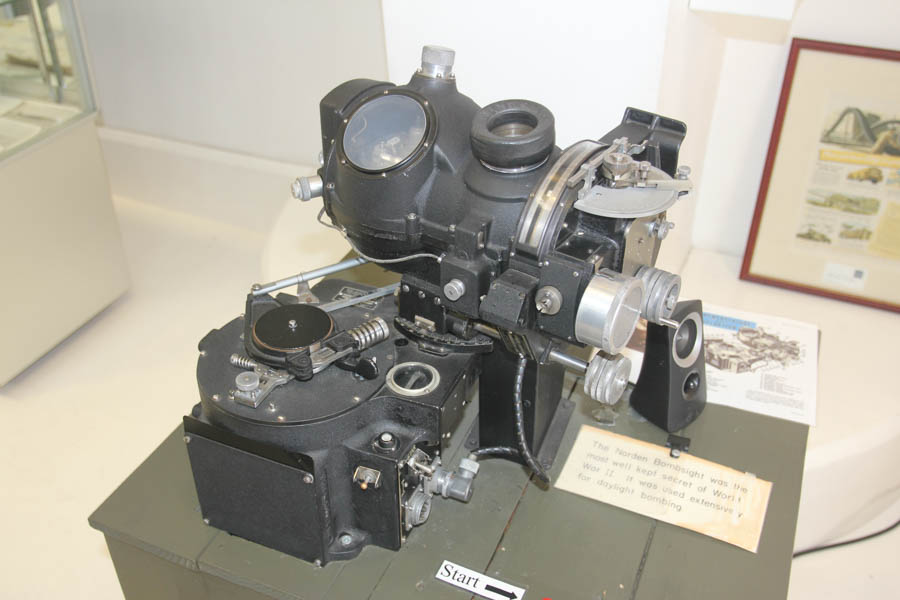
It contained an analog computer
Did You Know? - The Norden bombsight was a tachymetric bombsight used by the United States Army Air Forces (USAAF) and the United States Navy during World War II, and the United States Air Force in the Korean and the Vietnam Wars to aid the crew of bomber aircraft in dropping bombs accurately.
Key to the operation of the Norden were two features; an analog computer that constantly calculated the bomb's trajectory based on current flight conditions, and a linkage to the bomber's autopilot that let it react quickly and accurately to changes in the wind or other effects.

The museum had loads of charts and statistics... Interesting reading!

Talk about brave men and women!
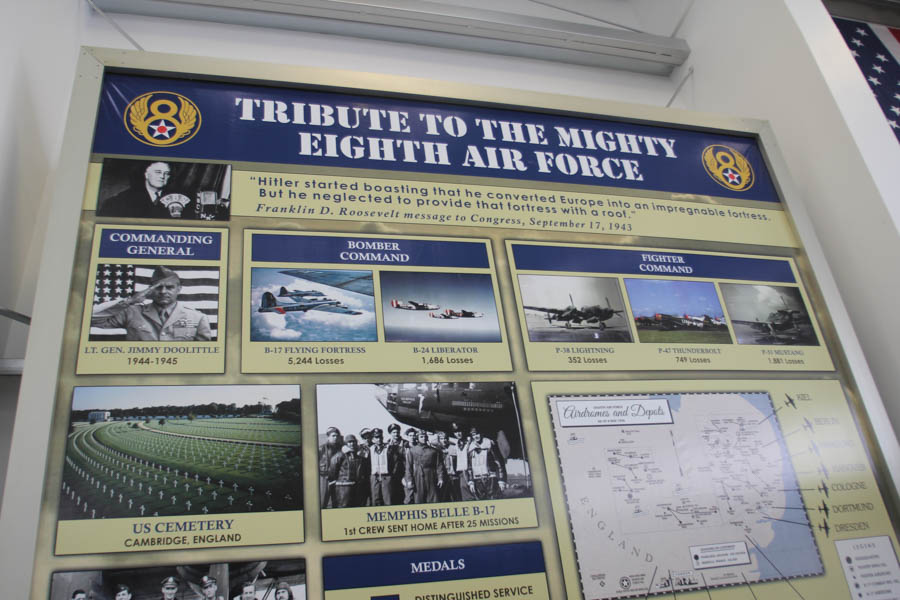
The
Eigth Airforce
was unstoppable
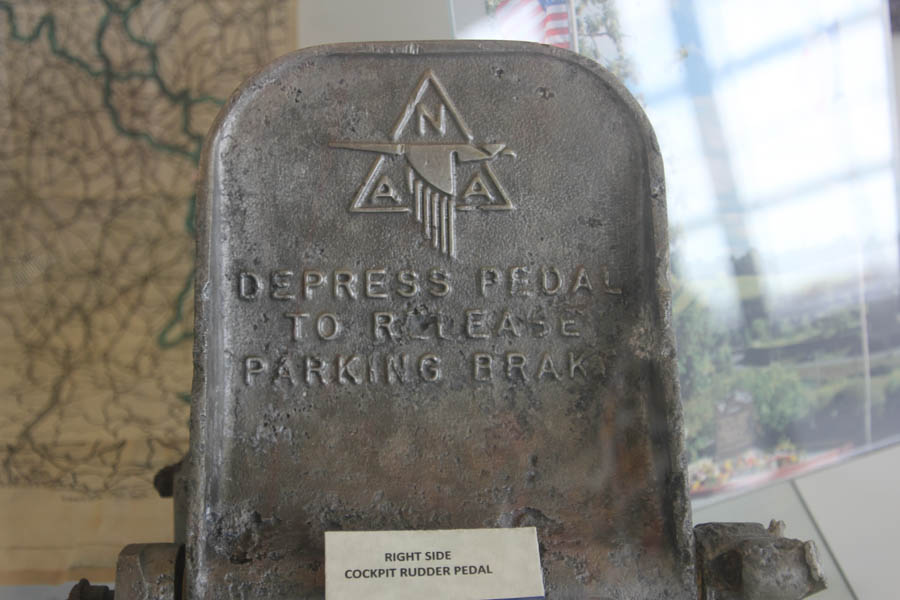
The North Americanwas well represented in the museum
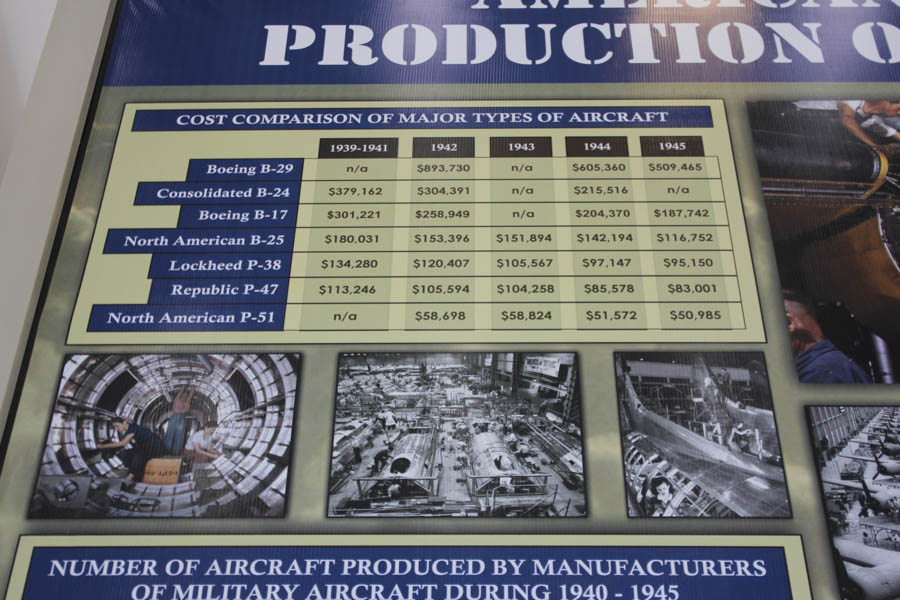
The costs were fascinating to see
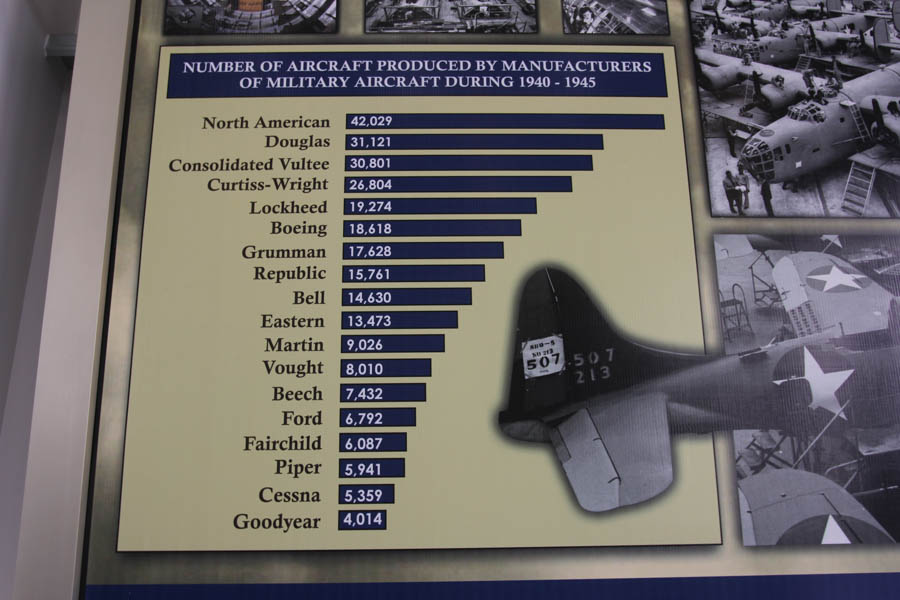
North American produced to most aircraft of all the companies involved
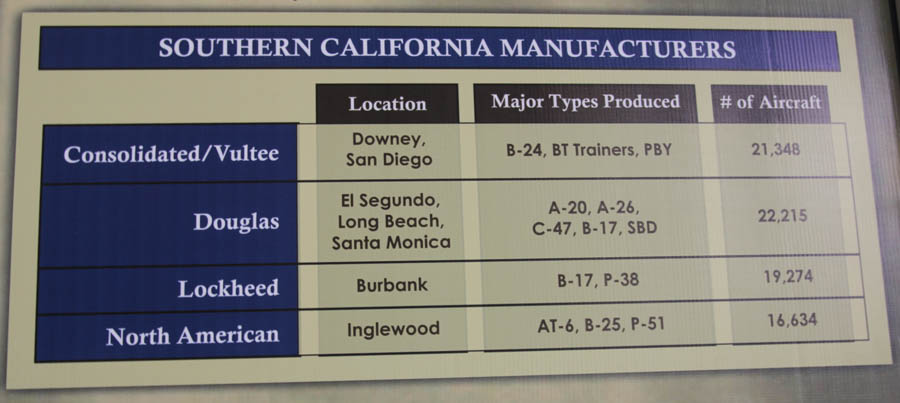
The Consolidated Vultee plant is Downey was were the Apollo and Shuttle were made!

Did You Know? - The North American Aviation T-6 Texan is a single-engined advanced trainer aircraft used to train pilots of the United States Army Air Forces (USAAF), United States Navy, Royal Air Force and other air forces of the British Commonwealth during World War II and into the 1970s. Designed by North American Aviation, the T-6 is known by a variety of designations depending on the model and operating air force.
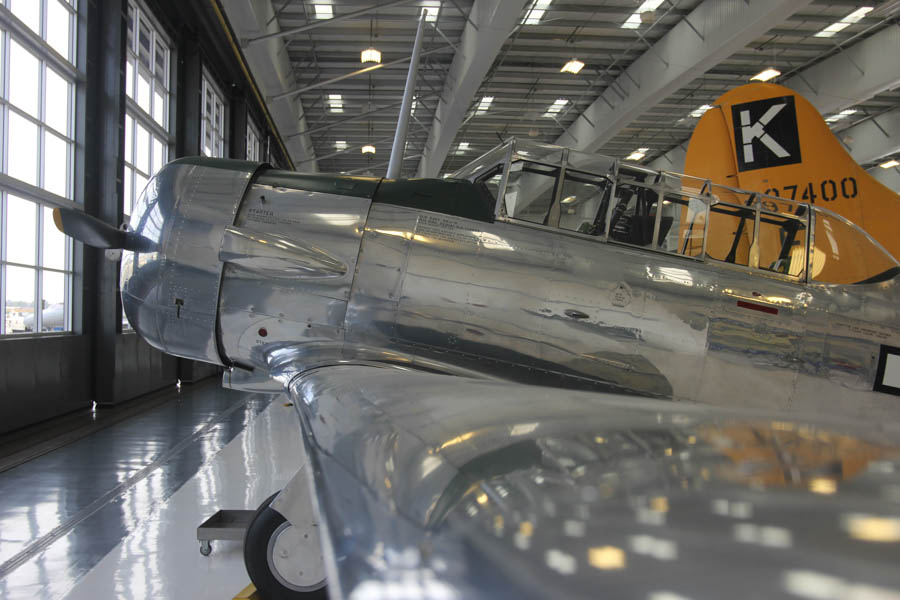
Fully operational and ready to go!
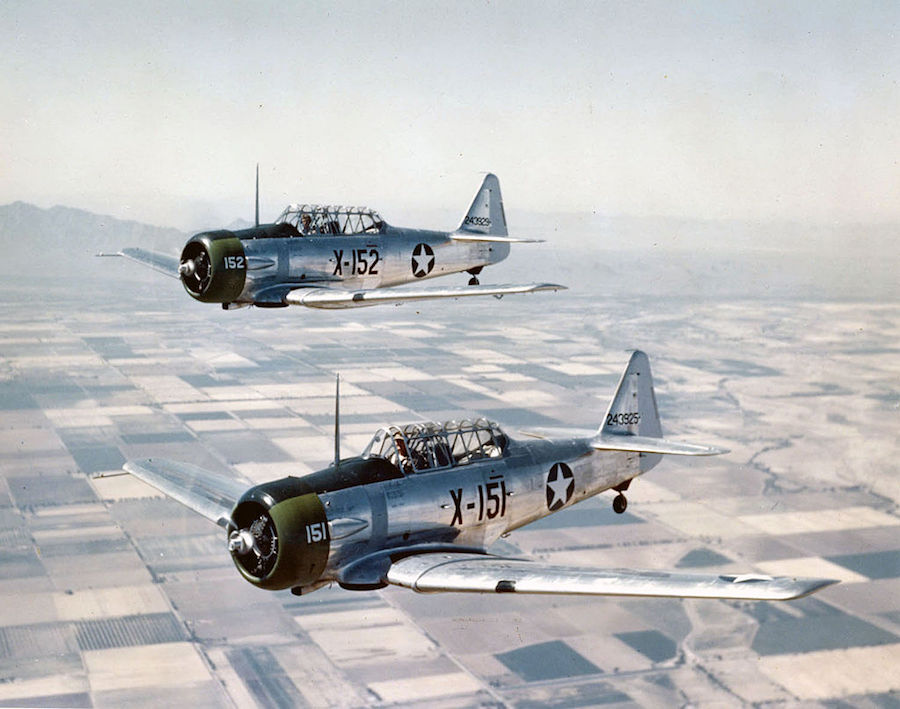
Two U.S. Army Air Forces North American AT-6C-NT Texan trainer
in flight near Luke Field, Arizona (USA), in 1943.
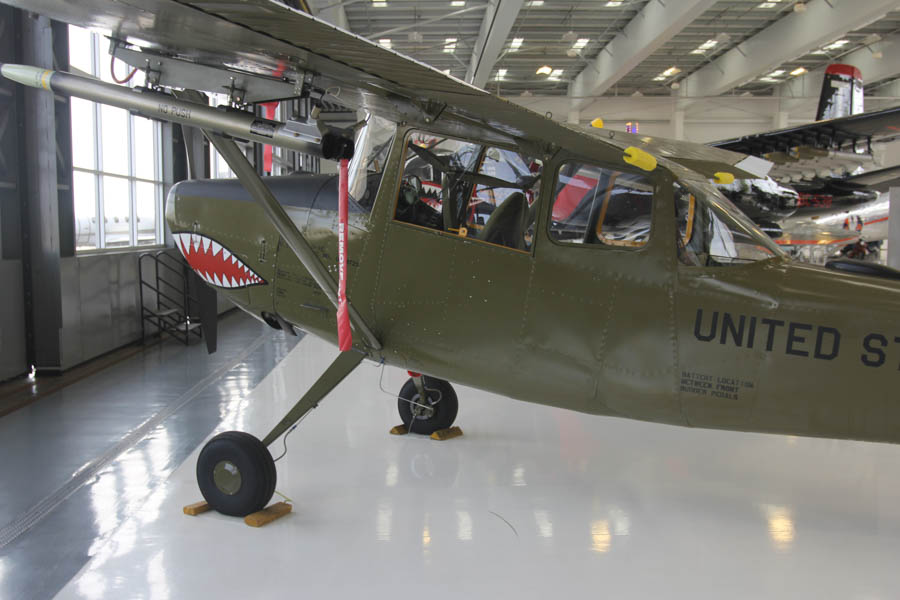
The Cessena "Birddog"
Did You Know? - The Birddog was first built in 1950 by the Cessna Aircraft Company, as a reconnaissance plane for the U.S. Army. Between 1950 and 1964 3,398 airframes were built. Originally called the L-19, it was later re-designated the 0-1 in 1962. It saw extensive combat duty in Korea and Vietnam, often at the hands of former fighter and bomber pilots of World War II. The Birddog served with the U.S.

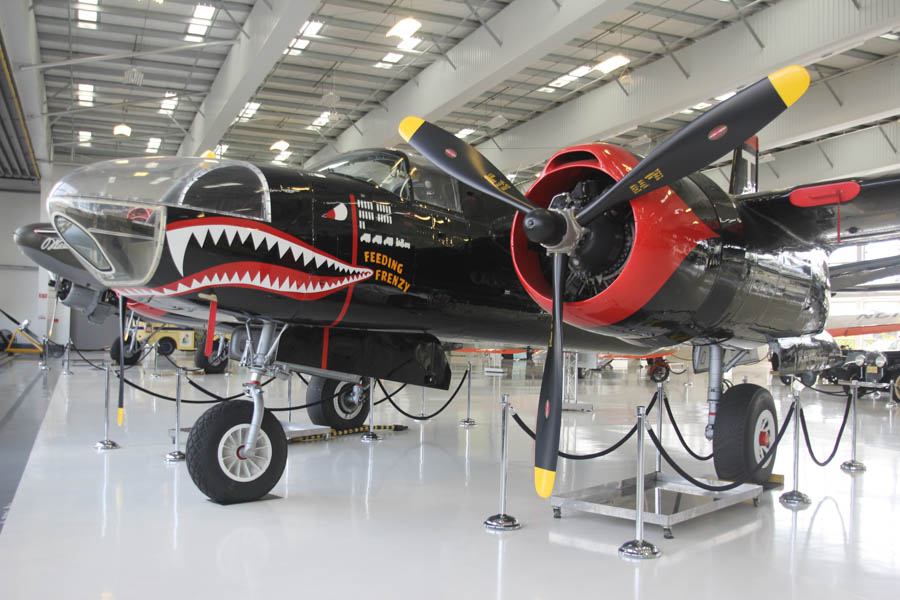
In it's fighting colors!
(Notice the drip plans under the engines... He is flight ready!)
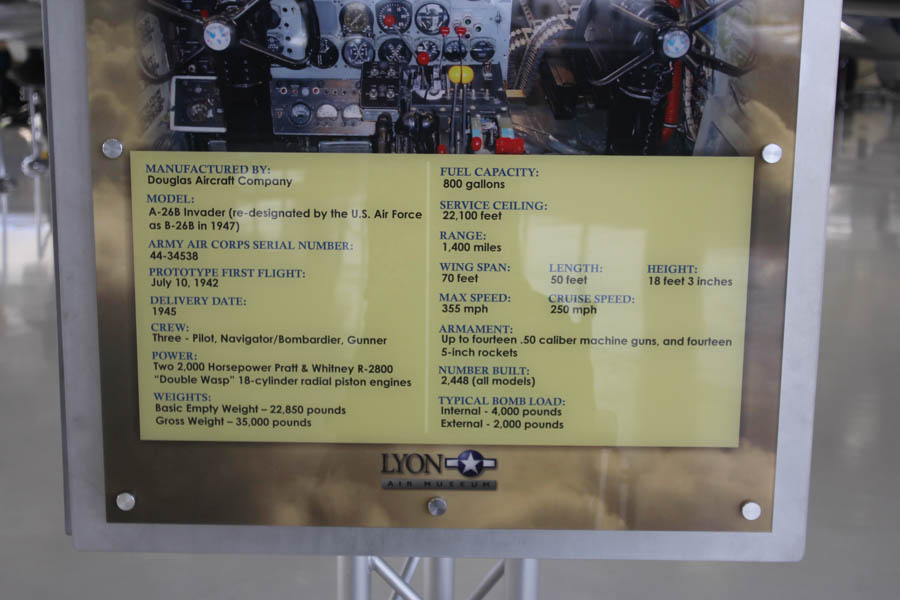
Did You Know? - The Invader fought in more wars than any other aircraft type of its era. Americans flew the attack bomber in World War II, Korea and Vietnam, while other air forces fought with it in Indo-China, Algeria, Biafra, Cuba, The Congo, and in at least a dozen other conflicts.
The Douglas A-26B Invader, "Feeding Frenzy," was built at the end of World War II, spent time flying with the French in Indo-China in the 1950s and was later operated by Hughes Tool Company. It is reported that Howard Hughes himself flew this very airplane, as he did with most of the planes his companies owned. Today, "Feeding Frenzy" wears Korean War colors.
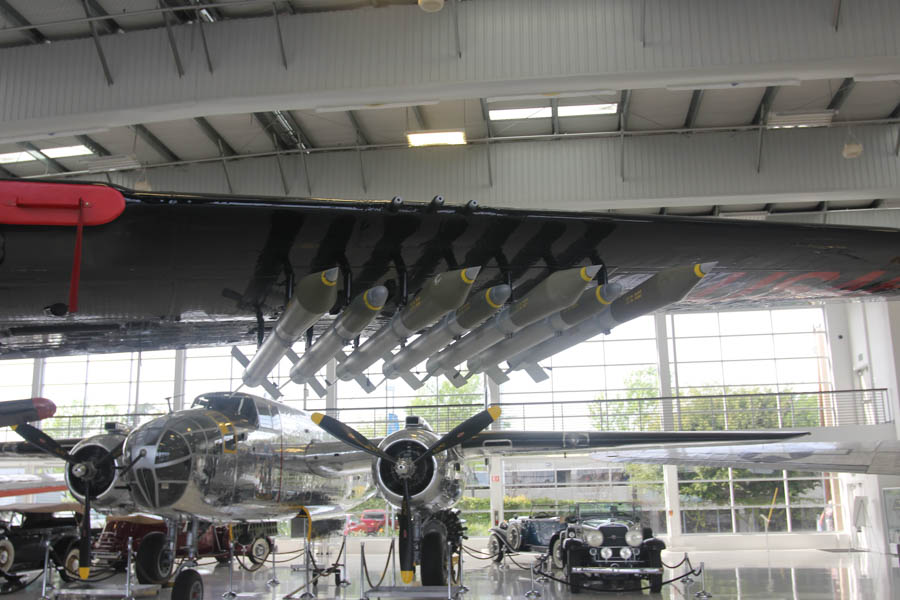
This machine was well armed

They went after anything that moved!
Did You Know?
Typical Armament:
Up to fourteen .50 caliber machine guns, and fourteen 5-inch rockets
Typical Bomb Load:
Internal – 4,000 pounds External – 2,000 pounds
Number Built:
2,448 (all models)
Speed:
Maximum – 355 miles per hour Cruising – 250 miles per hour
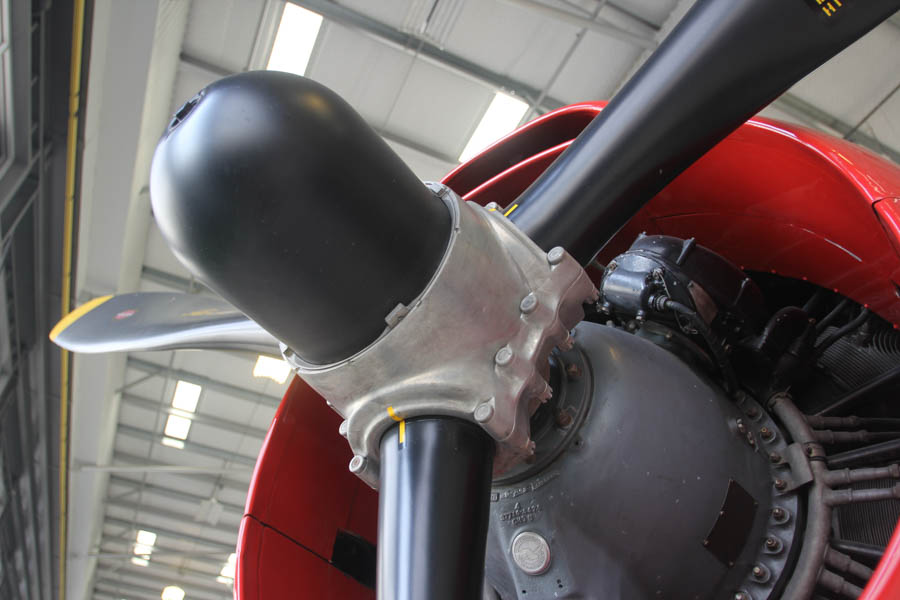
Two 2,000 Horsepower Pratt & Whitney R-2800, "Double Wasp"
18-cylinder radial piston engines
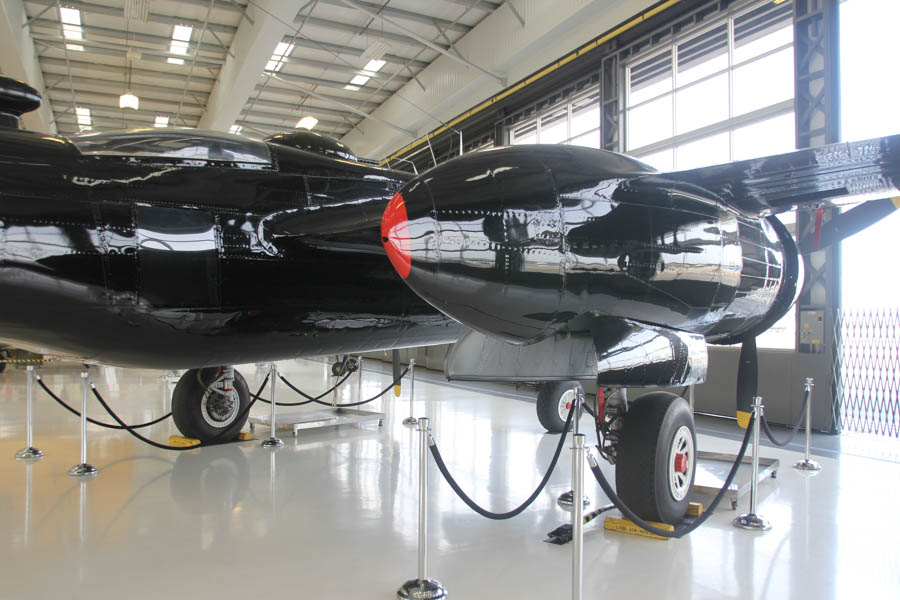
Mean machine!

